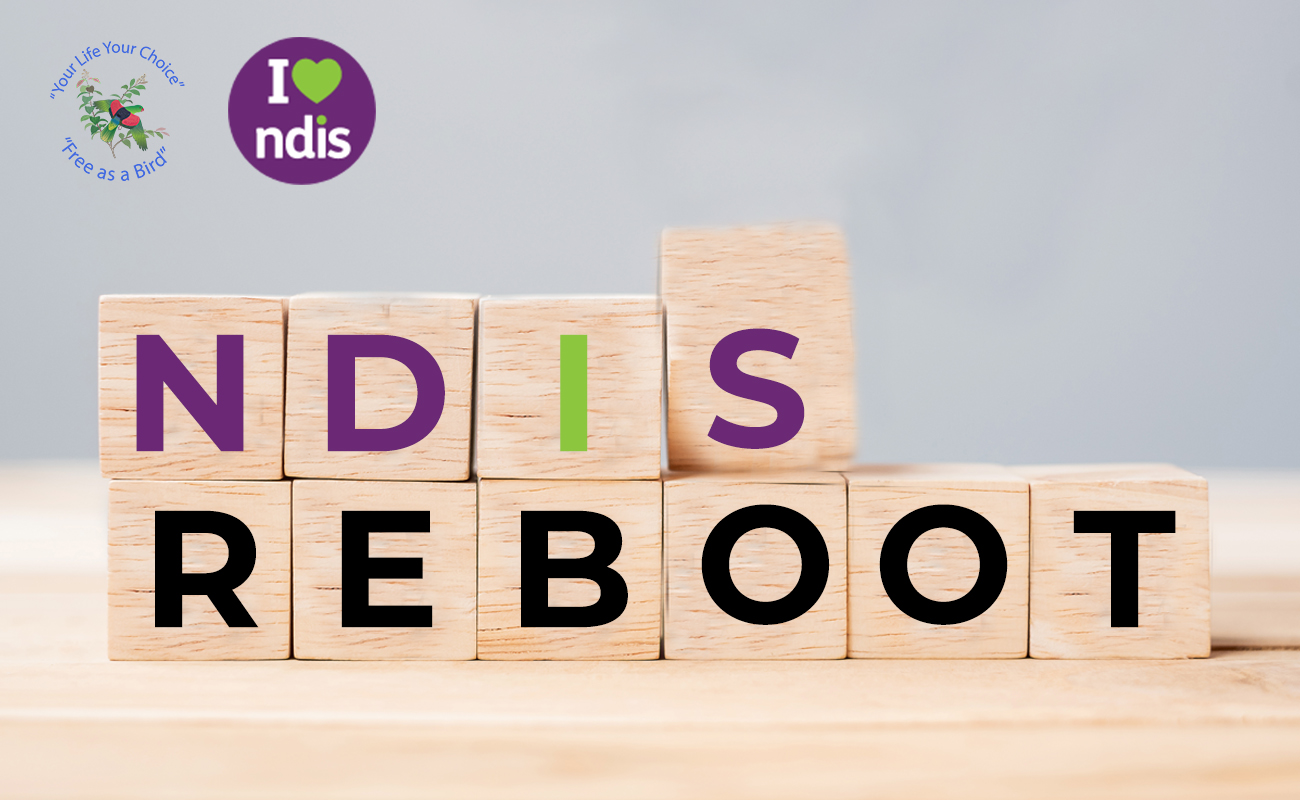The Australian government is set to reboot/reform the NDIS disability service scheme!
Yesterday, the NDIS Minister Bill Shorten announced reforming six primary areas of Australia's National Disability Insurance Scheme (NDIS) program. He stated that the NDIS needs to be reboot to get back on track.
He further continuously stated that all the changes would occur under the suggestion and guidance of people with disability. So till the changes occur, it will be challenging to notify about the substantive changes before the review reporting.
However, the expert finds this announcement could wait as the annual federal budget is weeks away. Meanwhile, two major works are underway about the later year report.
- The royal commission into violence, abuse, neglect, and exploitation of people with disability.
- The independent review of the NDIS exploring how it can be made sustainable over the long term.
Tackling Stumbling Block
The inclusion of Labor in the government last year has led to numerous changes in the scheme. The most prominent changes occur in the decreasing delays of NDIS participants discharged from the hospital.
It means when a person is medically fit to be discharged from the hospital. However, they still can't return to their home safely as the right support services are not in place.
This decision occurred in the last year's event, where NDIS participants in Victoria waited 160 days (On average) even after they were declared medically fit and asked to be discharged from the hospital, stated Shorten.
However, after this incident, the National Disability Insurance Academy (NDIA) took immediate action. Now the average time has fallen to 29 days. This is a significant outcome for the people involved in the process compared to the previous incident. Moreover, this decision has saved $550 million from the Australian healthcare system.
This quick action changed the point of view of the people regarding NDIS. Now most of them understand how the NDIS has implications for the mainstream service, such as health care and education cost.
6 primary ways to reform the NDIS
As per the press conference of the NDIS minister Shorten, the government has enlisted six primary areas of NDIS to reform. The listing is familiar to those who regularly follow all the NDIS events and news.
The announcement comprises very little information and detail about the reboot areas. In contrast, we must wait for the confirmation and preview report from the officials. The six mainstream NDIS reboot areas are:
Enhancement in NDIA Workforce
ensures the organization has enough professionals with appropriate training, and they must carry expertise in the required technologies to do their work correctly.
Switch NDIS Participants to Long-term Plans
No need to create new and different plans every year. Make NDIS participants comfortable in their current plan and discover new certainty.
Proper Distribution of Budget
Do not spend money on shabby therapies. Ensure all the supports are evidence-based and participants get the maximum benefits of their funding.
Fraud Detection of NDIS Fundings
It is to detect the fraudster quickly involved in the funding ecosystem. Also, the identification of unethical practices by some providers who overcharge for services.
Increase mainstream service and community support
People can access other relevant services if they do not surpass the eligibility test. The focus here is not NDIS, but the rest of the services surges around it.
Supported Independent Leaving (SIL) Service Review
The government spend nearly $10 billion each year for this service to support around 30,000 disabled individual who comes under NDIS.
Still, many are left behind to get the good benefits of this funding. The Royal Commission has also received multiple reports of abuse and negligence in this service.
These are the six major areas that the government and NDIS minister look forward to rebooting in the coming times.
However, it will be exciting to see how these reformations will take place and how much the government is dedicate to it.
NDIS is more than just a disability care scheme
I am not sure whether many of you knew this or not. But the NDIS was never designed for people with disability, and its primary purpose was to support participants via a tiered system:
- Tier 2 was designed for Australian netizens with disability and their carers to provide information and referrals to relevant mainstream services outside the NDIS.
- F.e., Health, and Education. This tier's goal is to generate a link between disabled people with their local communities.
- Tier 3 was for disabled people with severe and permanent impairments. Here they can access specialized disability support funded directly by the NDIS and allocated via individual budgets.
If you go through a previous track record, most improvements have happened in the Tier 3 service. However, with the recent announcement, some hope has also arisen regarding enhancing the Tier 2 service.
Final Thoughts
Research shows around 90% of Australian people with disabilities who didn't have NDIS funding could not access the services and support they needed. Irrespective of the number of registered disability service providers in the region, this is a significant concern and challenge for the government. With this announcement and how the NDIS minister addressed the media person regarding the NDIS reboot, we can be certain that this will change significantly. This time, the government seems committed to the changes and reformation of the NDIS services. Meanwhile, participants must show faith and wait for the right time, as the process could take a while. For more information regarding NDIS service, talk with our NDIS Experts in Perth, WA.

 Increase Text
Increase Text
 Decrease Text
Decrease Text High Constract
High Constract Links Underline
Links Underline Readable Font
Readable Font Reset
Reset